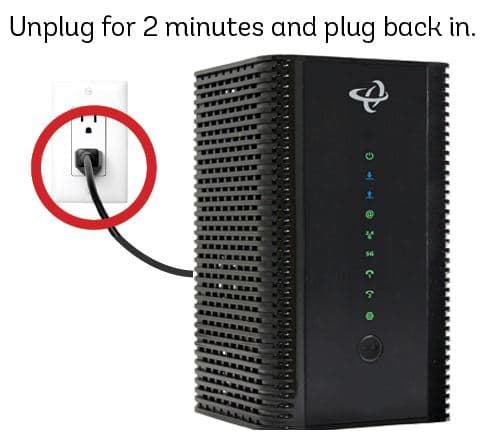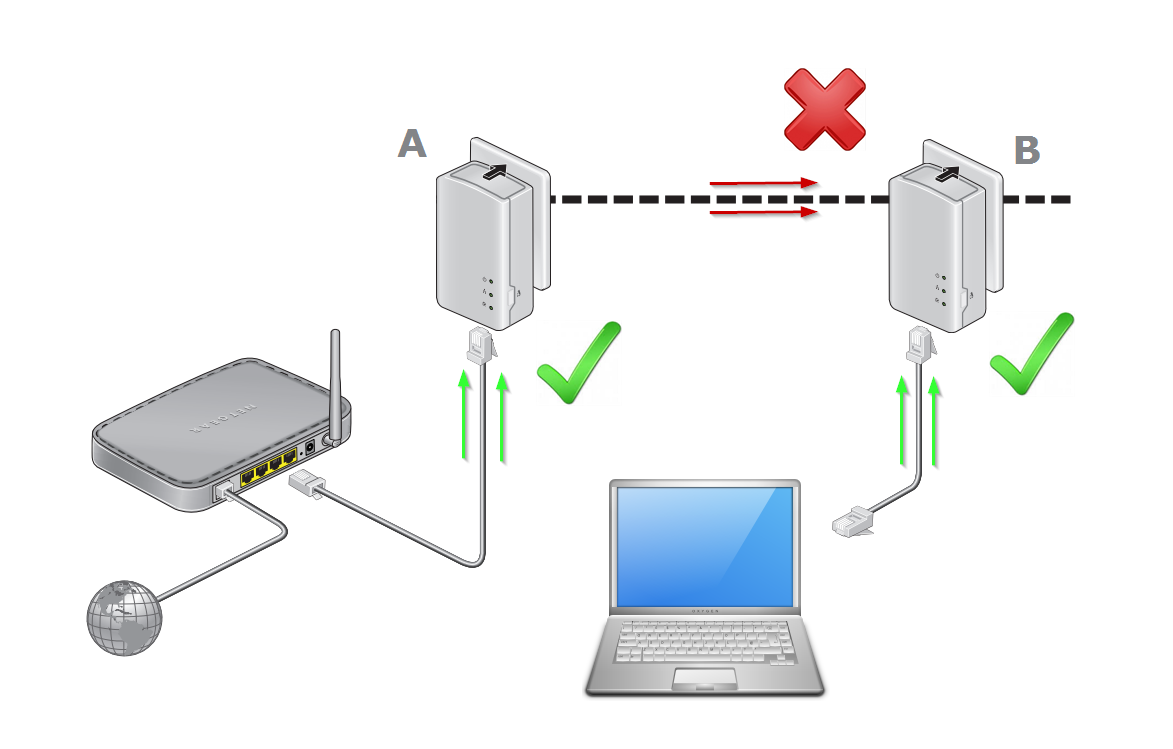In today’s digital age, Ethernet cables are the unsung heroes that keep our devices connected and our networks running smoothly. But what exactly does an Ethernet cable look like? In this comprehensive guide, we’ll dive into the appearance, structure, and key features of Ethernet cables, helping you identify and understand these essential components of modern networking.
The Distinctive Appearance of Ethernet Cables
A Rainbow of Colors
One of the first things you’ll notice about Ethernet cables is their variety of colors. From blue and black to gray, yellow, and even red, these cables come in a spectrum of hues. However, don’t let the color fool you – the performance of an Ethernet cable is not affected by its exterior shade. Instead, the color diversity serves a practical purpose, allowing users to easily distinguish between different network connections.
The Iconic RJ-45 Connector
At each end of an Ethernet cable, you’ll find the distinctive RJ-45 connector. Slightly wider than a traditional telephone jack, this clear plastic plug features eight small, gold-plated pins that align perfectly with the eight wires within the cable. When you plug the connector into a device, you’ll hear a satisfying click as the small plastic latch locks the cable securely in place.
The Internal Structure of Ethernet Cables
Twisted Pairs of Copper Wires
Beneath the outer jacket of an Ethernet cable lies its true secret to success: four pairs of twisted copper wires. Each pair consists of two insulated wires, twisted together in a precise manner to minimize interference and maintain signal integrity. The twisting pattern varies depending on the cable category, with higher categories featuring more twists per inch for improved performance.
Protective Outer Insulation
Surrounding the twisted pairs of copper wires is a layer of protective insulation, known as the cable jacket. This flexible outer covering not only keeps the wires organized and secure but also provides protection against physical damage and environmental factors. The jacket material can vary depending on the intended use of the cable, with options ranging from PVC for indoor applications to UV-resistant polyethylene for outdoor installations.
Ethernet Cables vs. Other Types of Cables
Telephone and Coaxial Cables: A Comparison
While Ethernet cables may resemble larger telephone cords at first glance, they are quite different in terms of both structure and performance. Telephone cables typically contain only four wires and use smaller RJ-11 or RJ-12 connectors, whereas Ethernet cables have eight wires and larger RJ-45 connectors. Coaxial cables, commonly used for cable television and some older network setups, are also distinct from Ethernet cables, featuring a central conductor surrounded by insulation and a braided metal shield.
The Need for Speed: Transmission Rates and Bandwidth
One of the key advantages of Ethernet cables over other types of cables is their superior transmission speed and bandwidth. While telephone cables are designed primarily for voice communication and have limited data transfer capabilities, Ethernet cables are engineered specifically for high-speed data transmission. The exact speed and bandwidth of an Ethernet cable depend on its category, with higher categories supporting faster data rates and wider frequency ranges.
Installing and Using Ethernet Cables
Connecting Devices with Ease
Installing an Ethernet cable is a straightforward process that requires no special tools or expertise. Simply locate the RJ-45 port on your device, which is typically labeled with an icon resembling a network cable. Align the connector with the port and gently push it in until you hear a click, indicating that the latch has locked into place. To disconnect the cable, press down on the latch and carefully pull the connector out of the port.
Compatibility Across Devices
One of the great things about Ethernet cables is their widespread compatibility. Most modern devices, including computers, gaming consoles, and smart TVs, feature built-in RJ-45 Ethernet ports, allowing for easy connectivity. When selecting an Ethernet cable, be sure to choose a category that matches or exceeds the capabilities of your devices and network equipment. For example, if you have a Gigabit Ethernet router, opt for a Cat5e or higher cable to ensure optimal performance.
The Future of Ethernet Cables
Emerging Categories and Increasing Speeds
As network technology continues to evolve, so too do Ethernet cables. Newer categories, such as Cat7 and Cat8, have emerged to support even higher transmission speeds and wider bandwidths. Cat7 cables, for instance, can handle data rates up to 10 Gbps and frequencies up to 600 MHz, while Cat8 cables push the boundaries even further, supporting speeds of 40 Gbps and frequencies up to 2000 MHz. As our digital demands grow, these advanced Ethernet cables will play a crucial role in keeping our networks fast and reliable.
Conclusion
In conclusion, Ethernet cables may seem like simple accessories, but their importance in our connected world cannot be overstated. By understanding what an Ethernet cable looks like, both inside and out, you can better appreciate the vital role these cables play in our daily lives. From their colorful exteriors and iconic RJ-45 connectors to their twisted pairs of copper wires and protective insulation, every aspect of an Ethernet cable is designed to deliver fast, reliable data transmission. As technology continues to advance, Ethernet cables will undoubtedly evolve to meet the growing demands of our digital landscape, ensuring that we remain connected, no matter what the future holds.
FAQs
- Q: What’s the difference between an Ethernet cable and a telephone cable? A: Ethernet cables are thicker than telephone cables and contain eight wire pairs, while telephone cables have only four wires. Ethernet cables also use larger RJ-45 connectors compared to the RJ-11 or RJ-12 connectors used by telephone cables.
- Q: How can I tell if my device supports Ethernet connectivity? A: Most modern devices, including computers, gaming consoles, and smart TVs, have built-in RJ-45 Ethernet ports, indicating their support for Ethernet connections.
- Q: What are the advantages of using an Ethernet cable over Wi-Fi? A: Ethernet cables provide a more stable connection and higher transmission speeds compared to Wi-Fi, and they are not susceptible to wireless signal interference.





